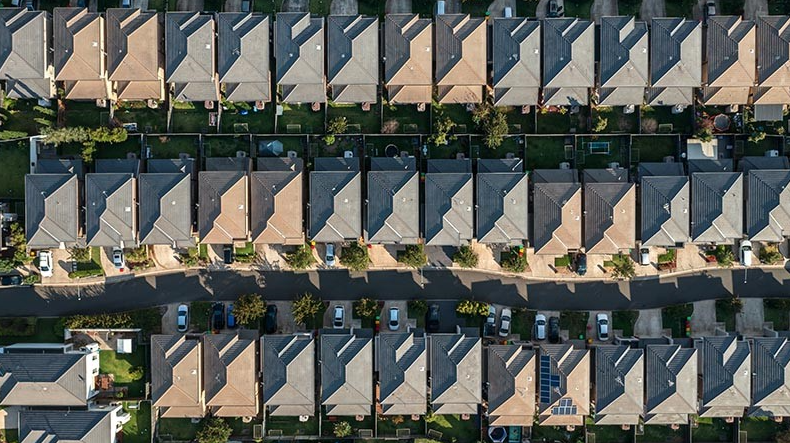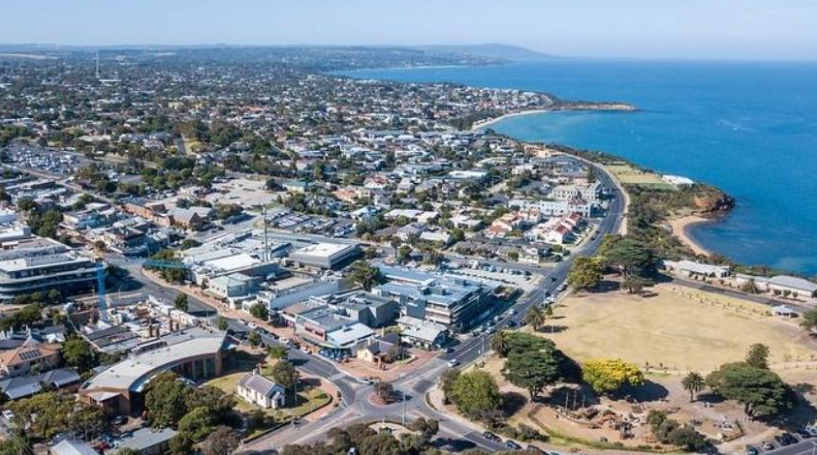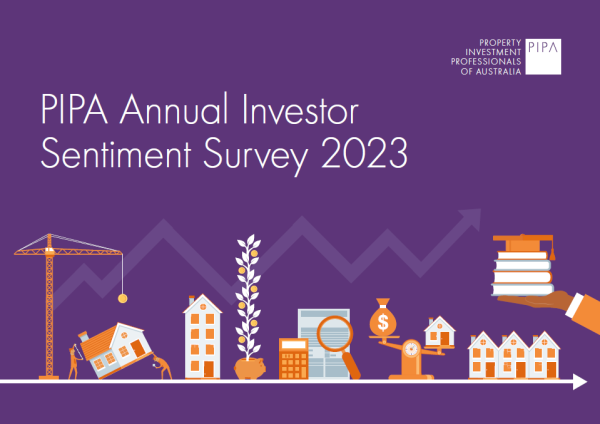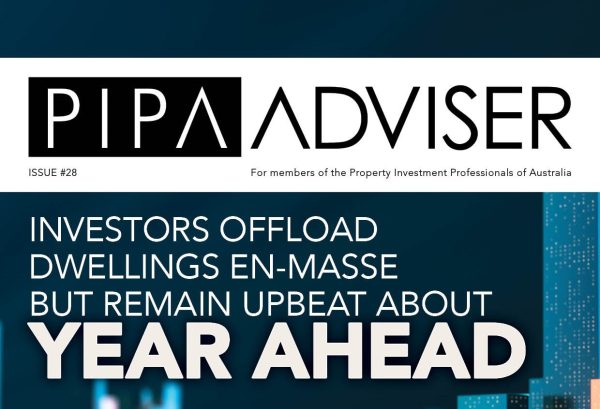A perfect storm: Australia’s rental crisis – part one
Dec 2022Karen Millers
Categories
Location ReportsMedia releasesNational market updatesPersonal advisersPIPA AdviserPIPA Annual Investor Sentiment SurveysPIPA Member ProfilesPIPA video updatesPIPA webinarsPodcastsProperty advisersProperty newsLatest Articles
Rent rises ease but crisis’ link to population density found to be tenuous
Jordan van den Berg: The ‘Robin Hood’ TikToker taking on Australian landlords
Victorian property investors face yet another new property tax as council tests levy
Rentvesting in Australia: A deep dive
‘More chance of winning lotto’ than housing targets being met
Australia is in the grip of a housing crisis.
More specifically, a rental crisis.
Vacancy rates are at record lows, weekly rents are skyrocketing and there’s simply not enough houses to go around.
Investors are selling up, partly due to record property prices last year, but also because changes in tenancy legislation are making it harder, and more costly, to be a landlord.
COVID-19 has also delivered a very unwanted gift in the form of trade and material shortages, which means building delays have resulted in home-owners tying up rental stock.
And internal migration during the pandemic has exacerbated the rental shortage in some states, such as Queensland and South Australia, while international migration is ramping up and expected to cause more pain.
The latest CoreLogic data shows the national vacancy rate fell from a historically low 1.3 per cent in the June quarter to a fresh record low of 1.1 per cent in the September quarter.
PropTrack data also reflects those tight conditions, showing new rental listings were 21 per cent below the decade average in September 2022.
CoreLogic Research Analyst Kaytlin Ezzy says a decline in investor purchasing between 2017 and 2020 made a big dent in rental supply, while changes in mortgage lending conditions and COVID-19 haven’t helped boost supply.
“Additionally, CoreLogic recorded an increase in investor-owned housing stock being listed for sale through 2021 and into 2022, with many investors possibly looking to maximise capital gains through the upswing,” she says.
In fact, Property Investment Professionals of Australia data, released in September as part of its eighth Annual Investor Sentiment Survey, revealed 16.5 per cent of investors had sold at least one of their properties in the two years to August, which reflects a drop in rental supply of about 10 per cent.
“While there has been much conjecture about the rental market pressures over the past year, it is clear that investors off-loading their properties is a big part of the reason for the undersupply,” PIPA Chairwoman Nicola McDougall says.
“This is especially apparent when you consider that 65 per cent of respondents sold a property last year to an existing owner-occupier.
“Using 2021 Census data as a baseline of 2.478 million private rental dwellings in Australia, this equates to a reduction of 268,975 properties from the private rental market over the two years to August 2022 – a potential reduction in rental supply of 10 per cent.”
Ms McDougall says 47.1 per cent of investors indicated they sold due to positive selling conditions, but 25.1 per cent say changing legislation makes it too costly or hard to manage a rental property.
Of those 268,975 properties lost from the rental market, about 160,000 of them were in Queensland.
And while the Queensland Government has shelved its controversial land tax plan, which would have seen Sunshine State landlords pay tax on their properties in other states as well, it still spurred some investors to sell.
Real Estate Institute of Queensland Chief Executive Officer Antonia Mercorella says the cumulative effect of various hurdles make being a landlord difficult.
“If you own an investment property, you have your initial acquisition costs, you’ve got your mortgage repayments, you’ve got increasing interest rates that you’re contending with, you’ve got rates and all of the other various property related expenses, such as maintenance, to manage,” she says.
“And of course, here in Queensland, we’re in the throws of really significant legislative change in the area of rentals.”
One of the changes that came into effect in October was removal of the ‘without grounds’ eviction option for landlords, with tenants on a periodic agreement.
“They definitely constrain and limit the rights of lessors, so when you combine all of that, there’s no doubt that there’s a bunch of investors out there that have made the decision that this is all too hard,” Ms Mercorella says.
The issue of pets in rentals has long been a bone of contention between landlords and tenants, with Victoria now having laws preventing landlords from refusing a tenant with a new pet on unreasonable grounds. NSW is considering similar laws.
Ms McDougall says there’s likely more pain to come, with 19 per cent of investors in the sentiment survey, which attracted responses from 1618 investors, saying they are considering selling in the next 12 months.
“Investors are also feeling like they have lost control of their real estate assets, because 29 per cent are considering selling a property because of changing tenancy legislation making it too costly or hard to manage, followed by the threat of losing control of their asset because of a new or potential government legislation (27.5 per cent) and the threat of rental freezes being enforced by governments (23 per cent).”
And finally, all of this spells disaster when it comes to rental affordability, with the cost to rent a property jumping 10 per cent in the year to September to $544 per week for the combined capital cities.
The stats you need to know
| Australian population | 25,422,788 (Census 2021) |
| Available dwellings | 10,852,208 |
| Private rental dwellings | 2,478,000 (PIPA) |
| Percentage of households renting | 30.6 per cent |
| Unoccupied private dwellings on Census night | 1,043,776 (10.2 per cent) |
| Average number of people per household | 2.5 (down from 2.6 in 2016) |
| Overseas net migration (Federal Budget) | 41,000 in 2021-2022 |
| 180,000 in 2022‐23 | |
| 213,000 in 2023-24 | |
| Airbnbs | In excess of 100,000 (AirDNA via ABC) |
| National vacancy rate September | 1.1 per cent (CoreLogic) |
| Weekly rent combined capitals September | $544 per week |
Originally Published: Cassandra Charlesworth and Kylie Dulhunty | Elite Agent | 9 December 2022
https://eliteagent.com/a-perfect-storm-australias-rental-crisis-part-one/




